TORONTO
dmi: ADMC 2022 Design Management as a Strategic Asset

dmi: ADMC 2022 Design Management as a Strategic Asset
Heejung Kwon, Ph.D.
Information & Interaction Design, Underwood International College, Yonsei University
Andrew Hudson-Smith, Professor of Digital Urban Systems
The Bartlett Centre for Advanced Spatial Analysis, UCL
Time : Wednesday, 03 August 2022, 1:30 2:30 pm (EDT) Track 3 Session 3 [Social Value]
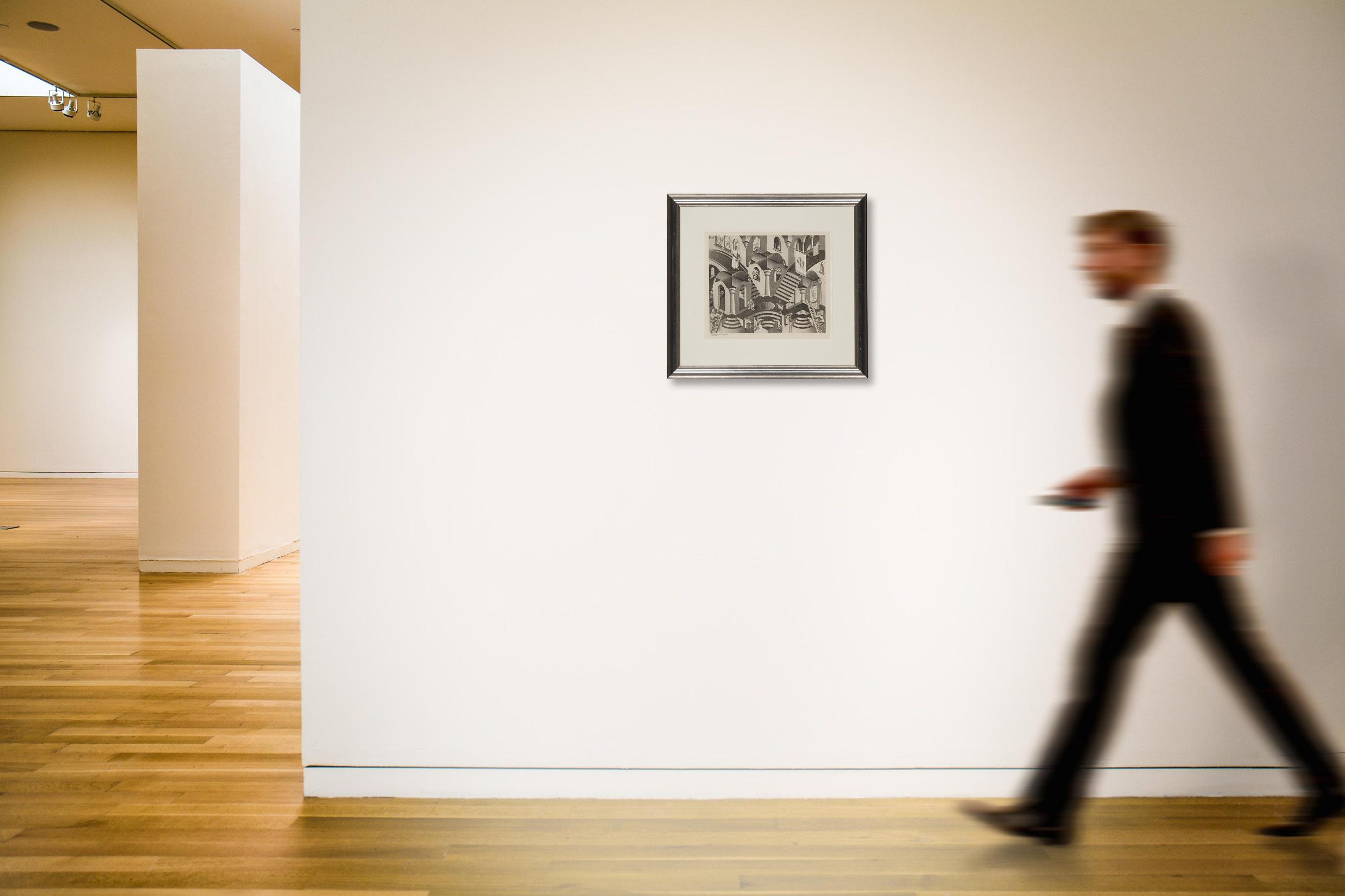
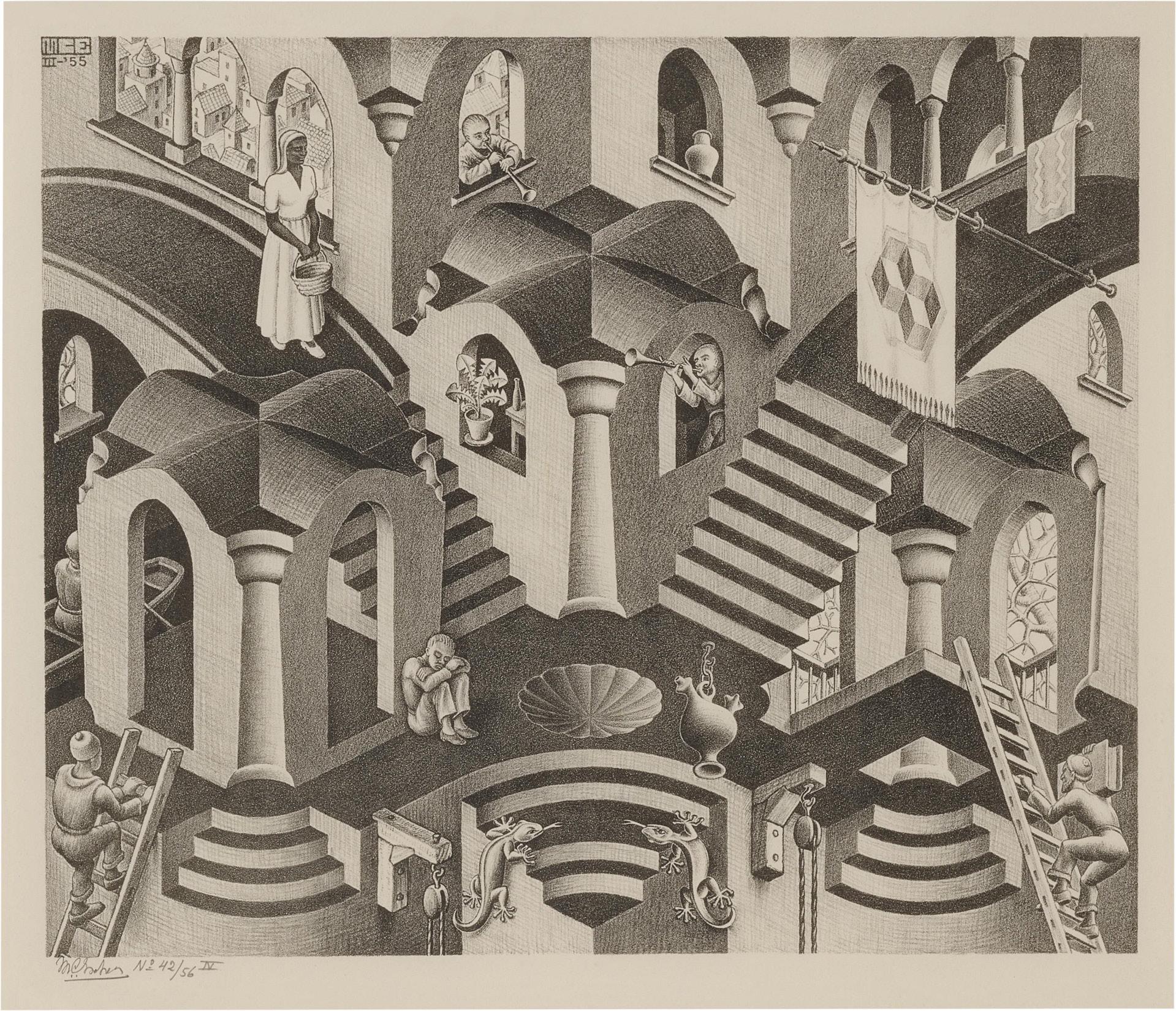
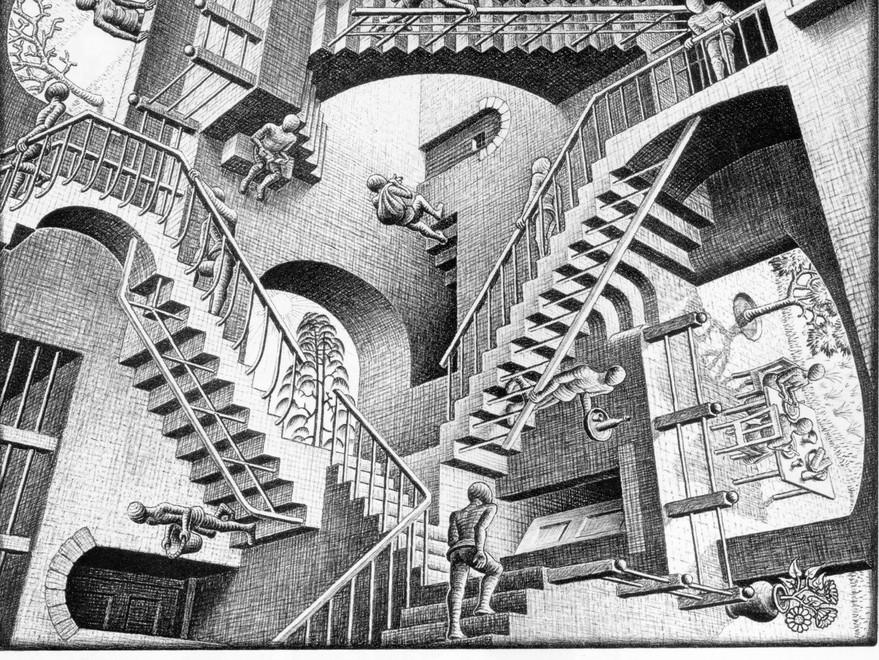
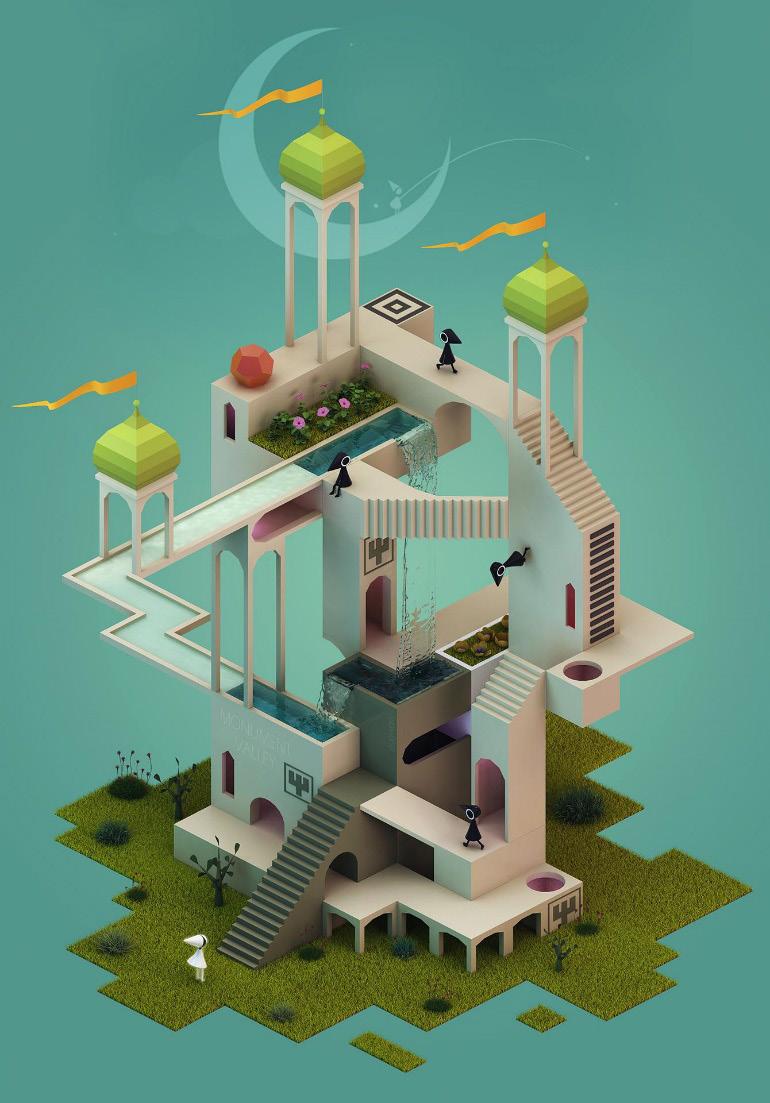
Figure 2. The path a subject perceives they have taken in the virtual environment is shown in (a), while the path in physical space that the subject takes under the different resetting methods is shown in (b) and (c). In this example, a person at position (0,0) in physical space views the virtual environment at position (0,0). In (a), the person walks forward in the virtual environment where they are alerted by a signal at (4,0) indicating they are near the tracking limits and need to reset their position in physical space. The person then continues walking to (12,0) in the virtual environment. The corresponding paths in the physical environment for the three resetting methods are shown in (b) and (c). Red arrows indicate physical movement during a reset.
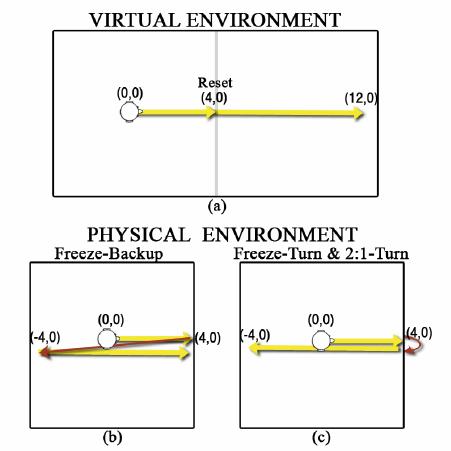
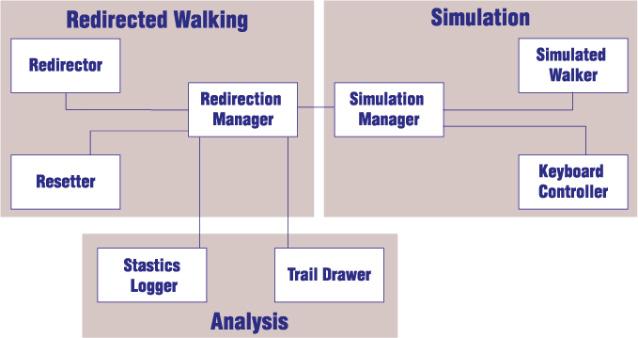
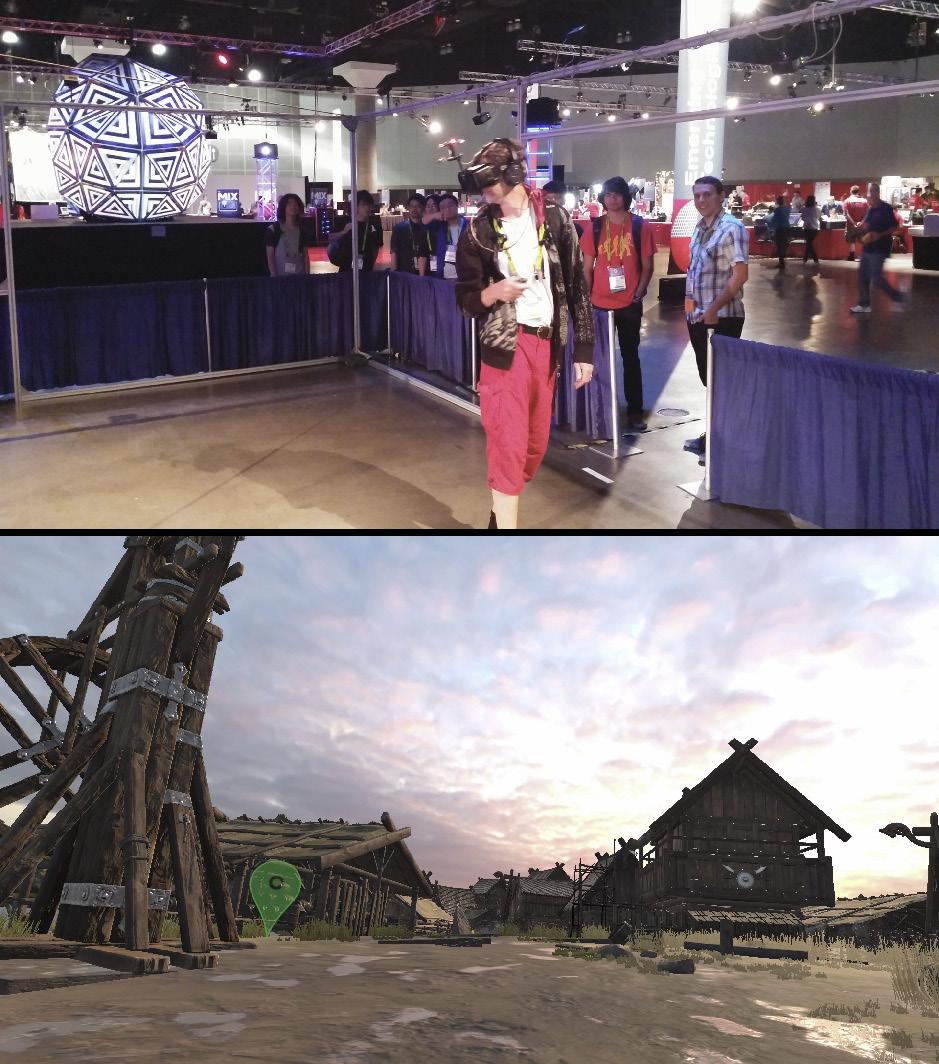
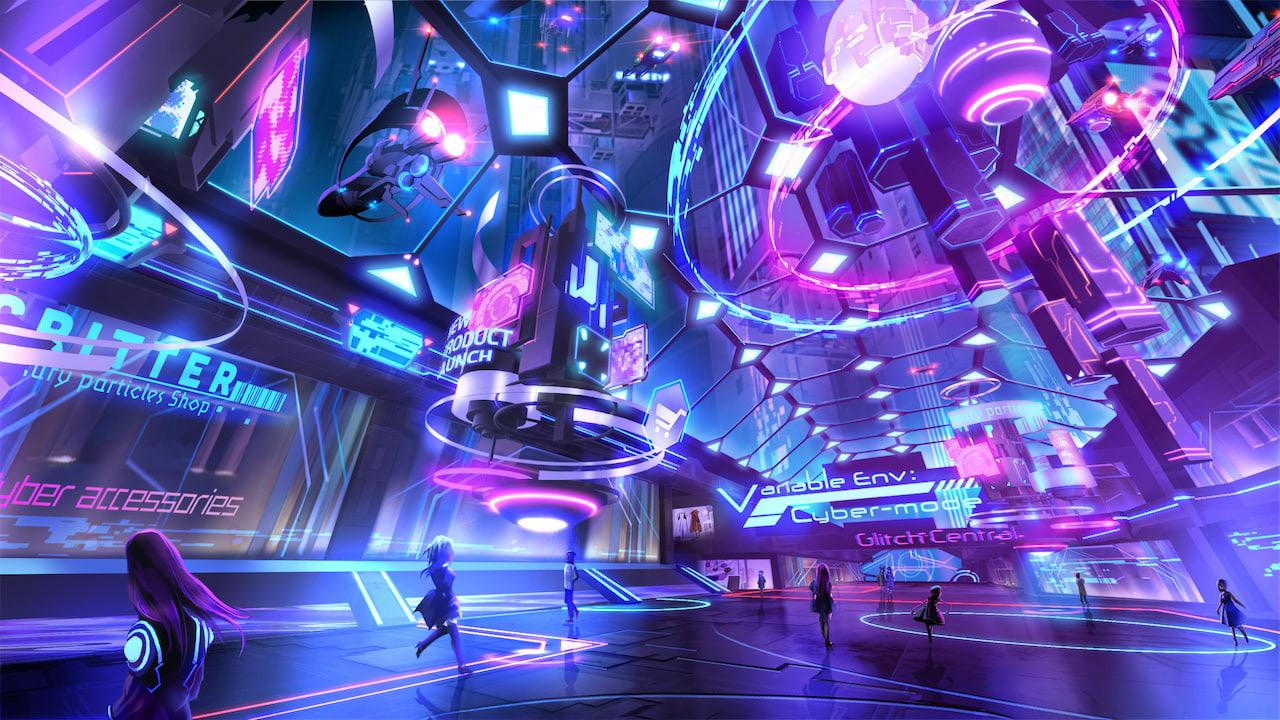
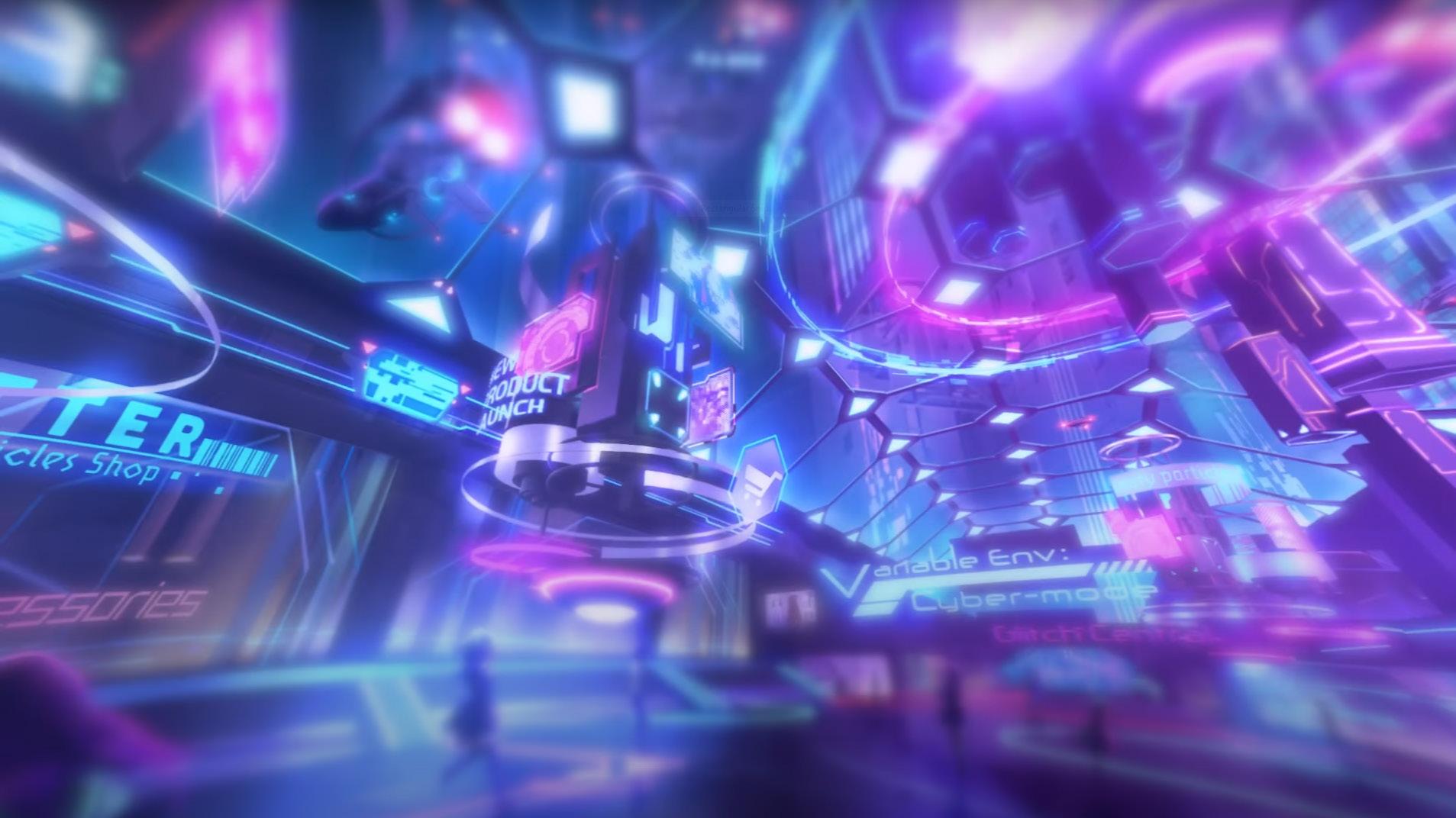




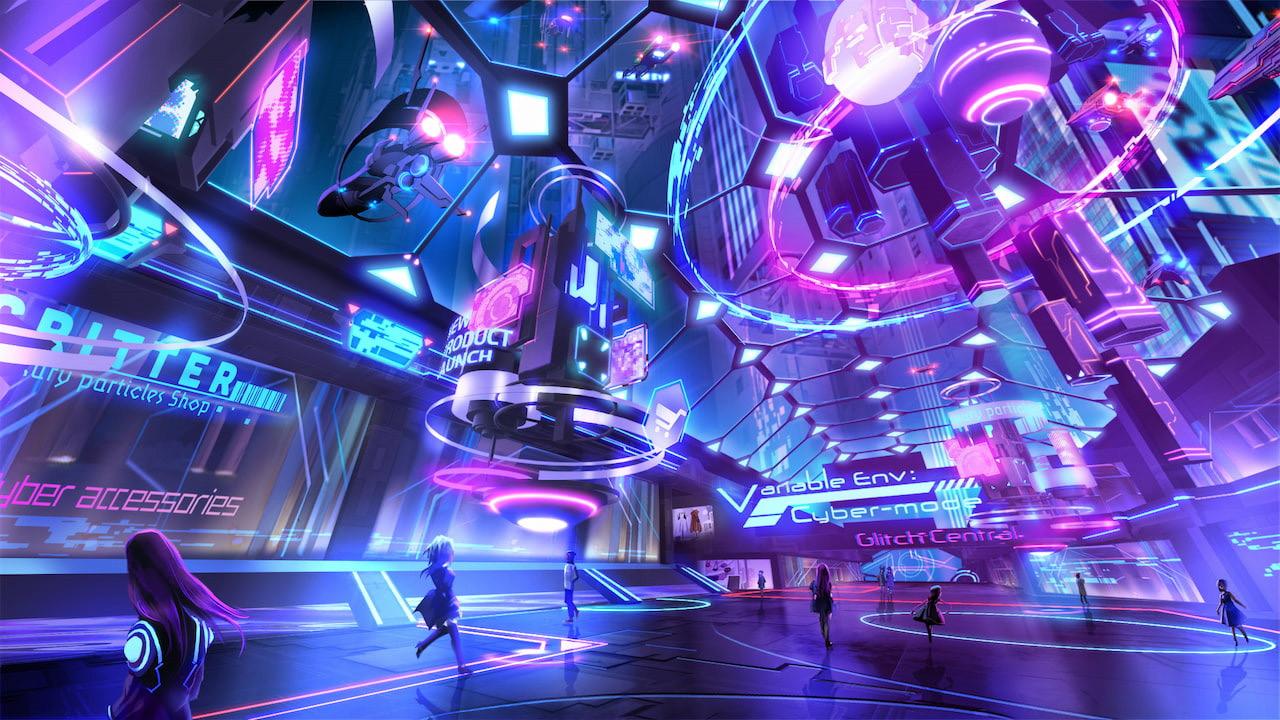
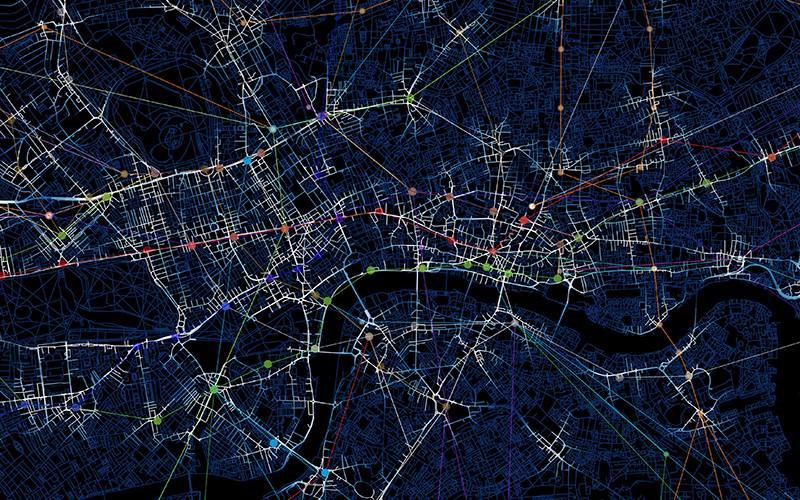
“…There are relationships, then, between the formal describability of space and how people use it. These elementary relationships between the form of space and its use suggest that the proper way to formulate the relation is to say that space is given to us as a set of potentials and that we exploit these potentials as individuals and collectivities in using space. It is this that makes the relation between space and function analysable and to some extent predictable.”
BillHiller(1996)−
A space metaphor is an element of VR interfaces that inform users what they can do, pursue, and achieve. In a shopping experience, high street metaphors of constructions guide users shopping interaction in virtual space. For example shopping complex, complex paths, vendors, customer support utilities, and events, often simulating shopping malls in the real world.
− Space syntax is, arguably, a key element of wayfinding in virtual worlds. Compared to the space metaphor, it does not only borrow the original source of a metaphor, it invents a mechanism of VR navigation. The virtual space adopts basic space syntaxes such as entries and junctions, while it poses gestural and geographical shortcuts that enhance the VR shopping experience. More and more digital urban design and planning will focus on innovation of space syntax relating to improvement of spatial navigation technology.
The context has formed in a temporal manner. Therefore, accumulative activities of collective interactions define the identity of a space, and invite more creators, and users to build the world. Building context itself is equivalent to building a world where there is a pixel location, and its visual representations ground the value of virtual artefacts. The notable difference of VR construction compared to real world construction might be the collective activities, and feedback loops of context formation in the virtual world is spontaneous and ephemeral, as it forms very fast, and disappears very fast.

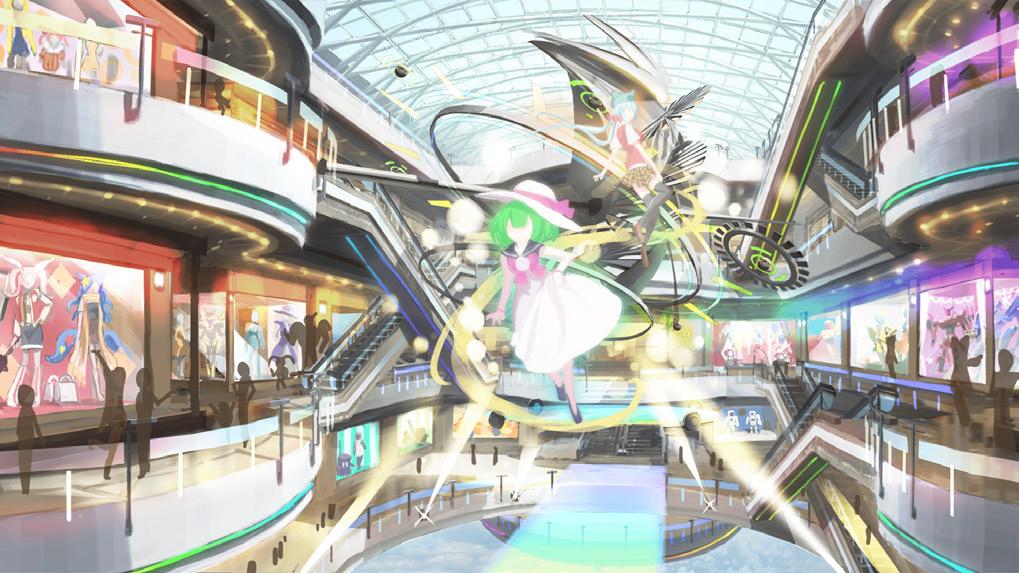

The architectural idea of virtual shopping flow can be compared to the Mobius stripe, an infinite locomotion of body and cognition. It extends the variety of choices, and shortens the transits of avatars.
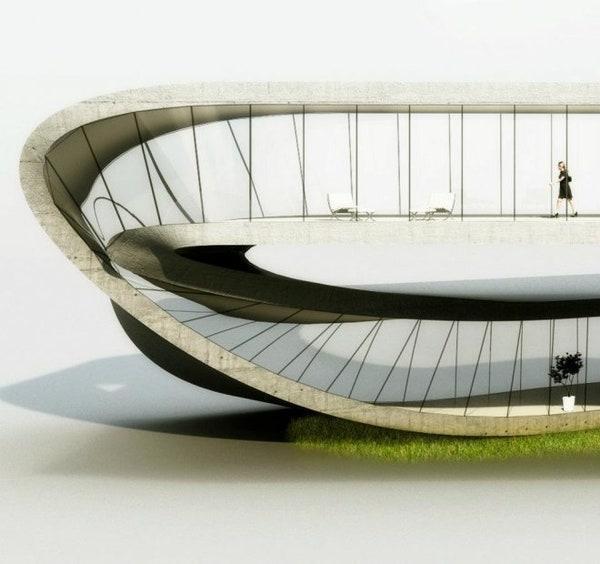
The study followed 3 phases of the sequential evolution, Vket 3, Vket 4, and Vket 5 events.
−
• Commonly shared architectural conventions are entrance gates, navigational slopes connecting the surrounding view of shopping spaces, portal assembly, teleporting diffusion, store alignments, and vendor distribution.
−
• The common visual and spatial languages have efficiently distributed marketing communication messages and interactive shopping toolkits
Vket 5 Artist Concept Statement (or World View)
"Avatars" are your passport to the virtual world. Another important part of you that represents your identity.
Virtual Showcase. A place flowing with avatars, accessories, and costumes. Feel free to try them on. We’re sure that you’ll find “the One”.
Virtual Showcase is a fashion mall traveling in the vast sky, and many virtual goods are looking forward to meeting you here.

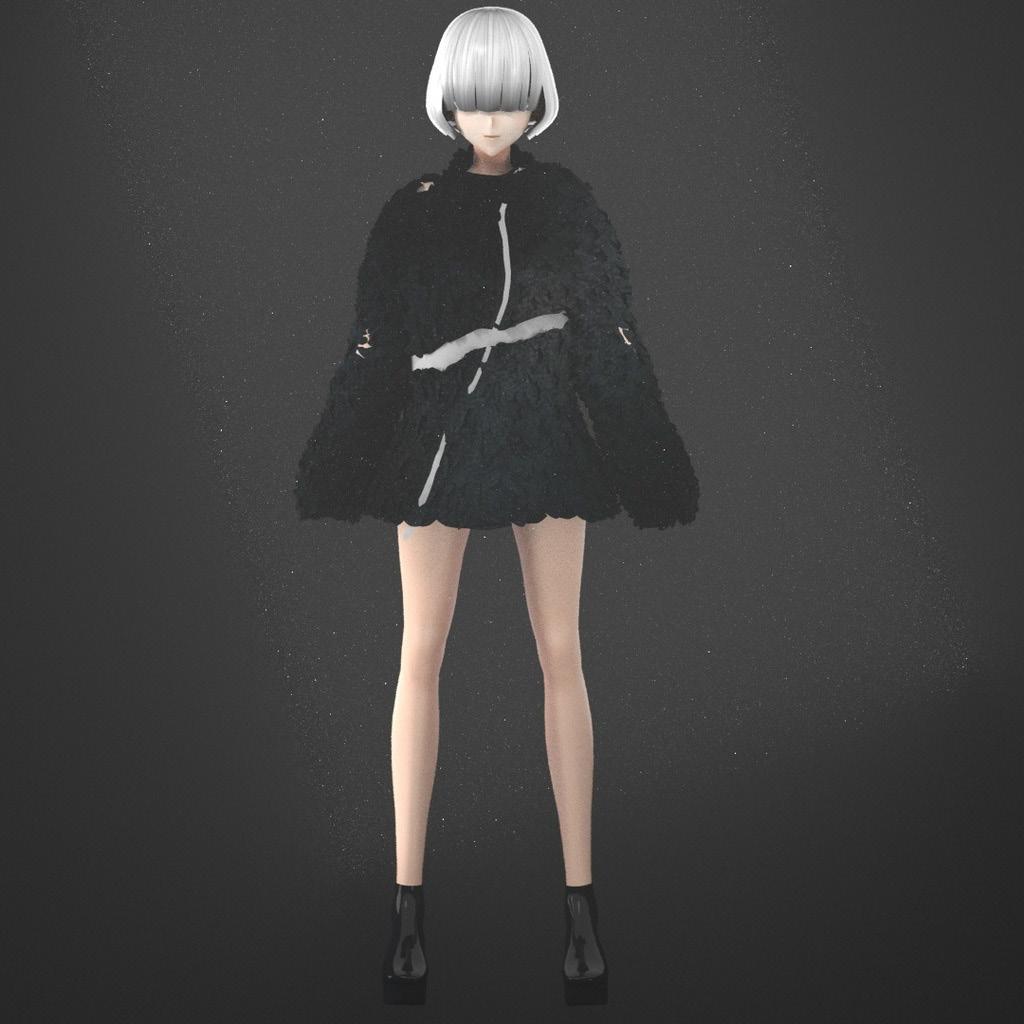
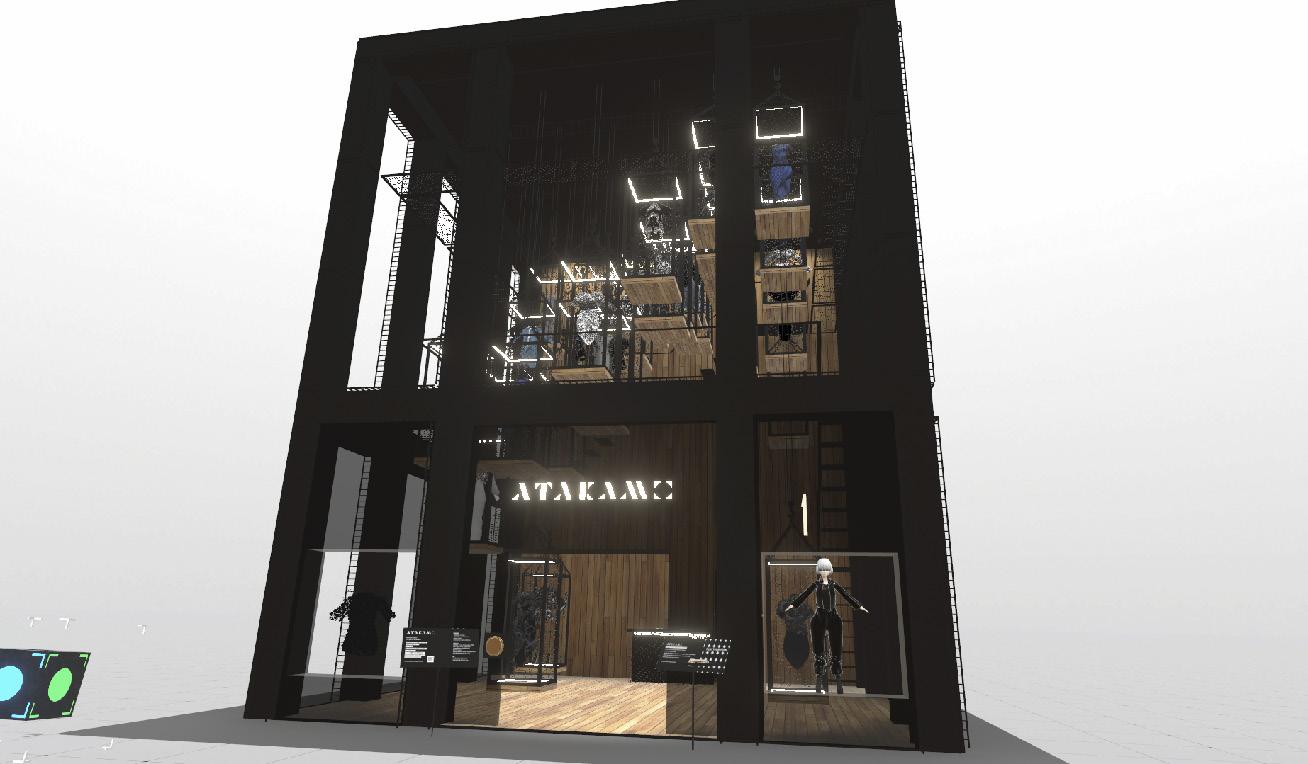

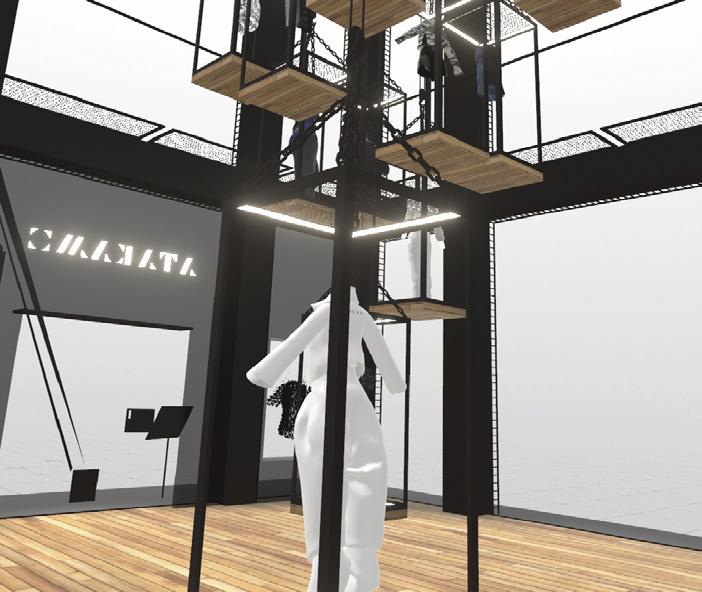
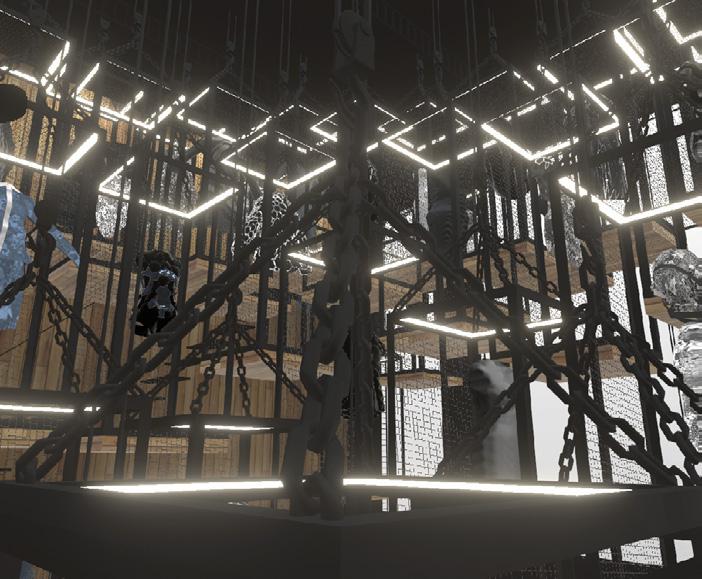
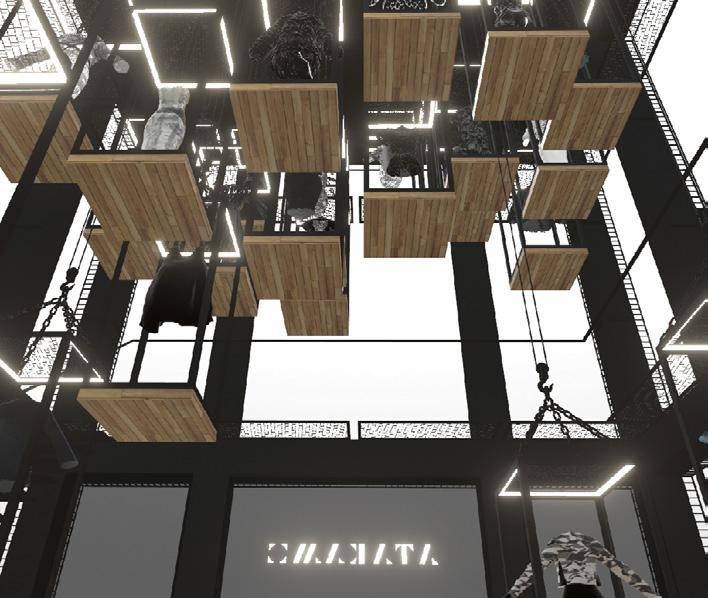

“…the metaverse will potentially follow the growth of the World Wide Web, which grew rapidly by linking together individual hosted pages, which in terms of the metaverse will be the introduction of a ‘platform’ linking together representations of place and space.
AndrewHudson Smith(2022)

The hodological aspect of metaverse spaces lures the transcendent thriving of meta commerce growth in a cross channel mode that links web, mobile, social network, intelligent mobility, and XR value chains.
More and more physical domains will transform their values into digitally connected meanings, and relations. Therefore metaverse, a digital space with an economic structure, and its profound social valuation from the surrogated identities, avatars will intertwine the mesh of reality and unreality into the third space of human habitat.
An ideal urban planner in future might presumably understand the dynamics between two discrete worlds, and will landscape hybrid lifescapes of both the physical and the digital. In the prediction, we may easily imagine the urban planning activities will hardly be dominated by a solo architect. It would be rather collectively mulled over in a participatory manner.
The classic inspiration from Escher’s Convex and Concave drew the initial research ideas in the early stage of our study, and the mental travelling (Manguel & Guadalupi, 2001) motive in Social VR, the collective imaginary world built by participants.
Similar to how real world cities grow, virtual life spaces and ultimately the Metaverse will invite people into it, initially via curiosity, and will thrive subsequently by the ability to unleash the incoming population’s innovation, imagination, and creativity (Hudson-Smith, 2022).
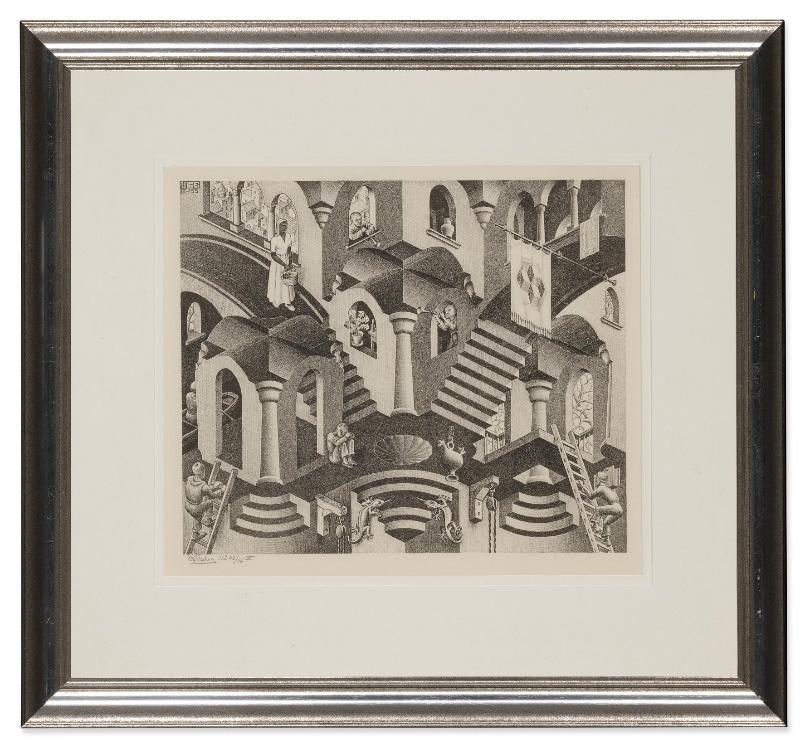
https://www.facebook.com/IoT.UX/